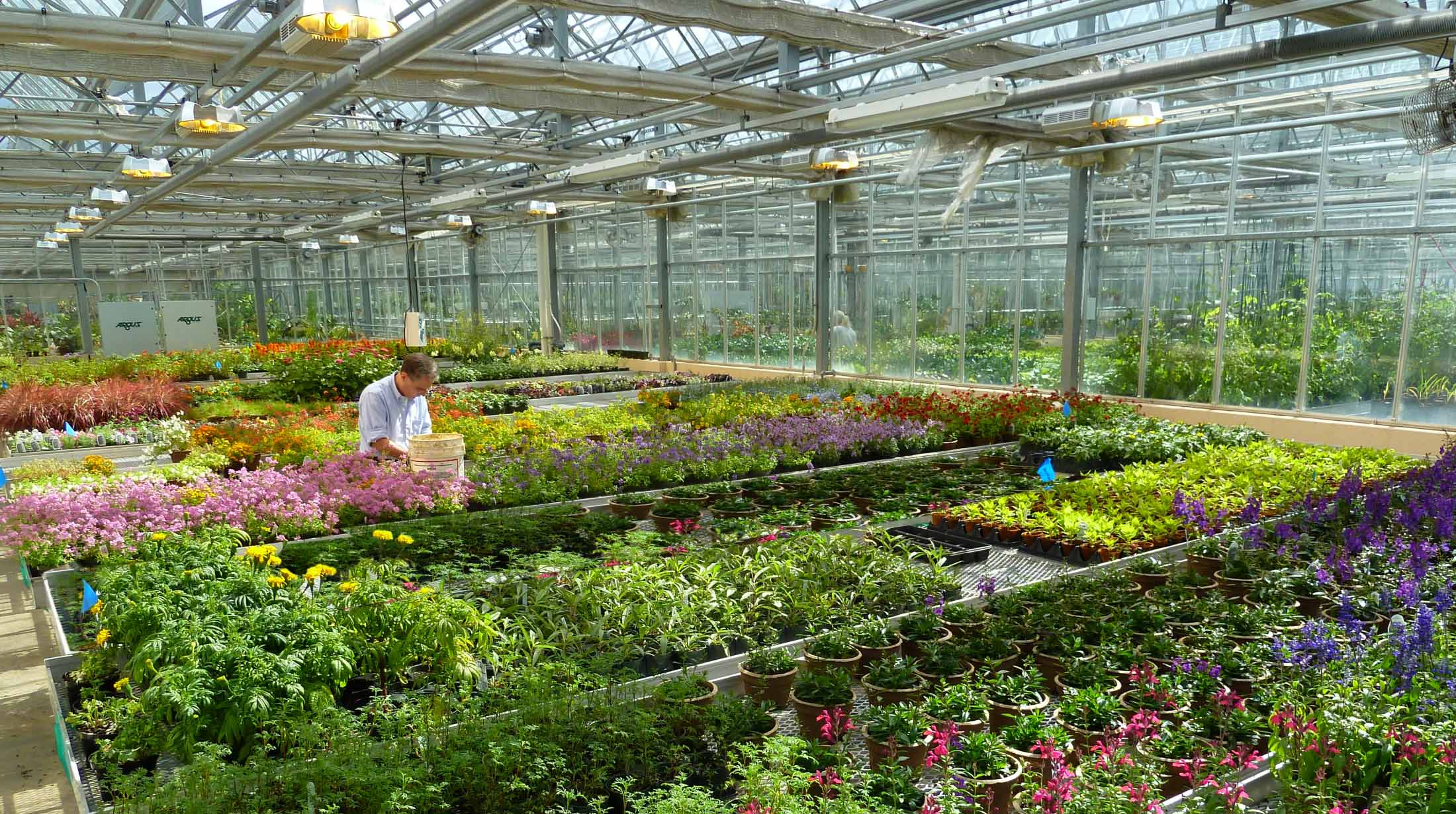Shefer greenhouse specializes in growing a wide range of houseplants, both green and flowering, as well as garden plants. Shefer provides plants of superb quality, production meets all the European standards. The greenhouses are built by the company itself and apply state-of-the-art methods to raise the nursery in the optimal conditions.
Client`s challenge
Feeding all the greenhouse plants requires large amounts of treated irrigation water on a daily basis. Greenhouse production uses large volumes of water for irrigation, daily need is around 20 L/m2. In summer the amount of required water grows substantially, because water is also used for evaporative cooling of plants.
Key problems
Removing impurities from water, which is used to feed and cool plants, is in many aspects an important investment for a greenhouse.
Growth slowdown
Water contaminants will coat the leaf surfaces as the result of constant evaporation. As a result, the coating slows down the rate of growth and decreases the market value of nursery.
Lack of nutrition
Soilless substrates, which are used instead of soil, lack its buffering capability. Improper quality of water may result in excessively high salts and transient pH in the substrate, malnutrition of plants as the consequence. There is also a threat that bicarbonates, or other contaminants which form deposits, will choke low volume nozzle orifices. This threat comes from iron as well, the widespread element occurring in water.
Precise requirements for plant species
Some plants need highly adjusted feed water. For example, boron removal is essential for Orchid irrigation water, as this sensitive type of flower can not handle Boron presence, no matter what is the Boron concentration in the feed water.
Solution
Project: RO system for agriculture irrigation water
Scope of work: Design, assembly, commissioning and system maintenance services
Process design incorporates a single pass RO system as the single skid, fed with an older, already existing on site RO permeate. The combined result of two RO systems ensures that microbiological contaminants, dissolved solids and salts are fully removed. So the high-quality feed water is supplied to the plants and the Orchids in particular, providing the best conditions for their healthy and fast growth.

Project data
- Capacity: 1 m³h (8,760 m³/year)
- Process: RO
- RO recovery: 75% - 80%
- Salt rejection: 95% – 99%
Features
- Low footprint
- Specific design for the client
- Controlled RO process
- Easy maintenance
- Maintenance services by in house team

 RU
RU
 UA
UA
